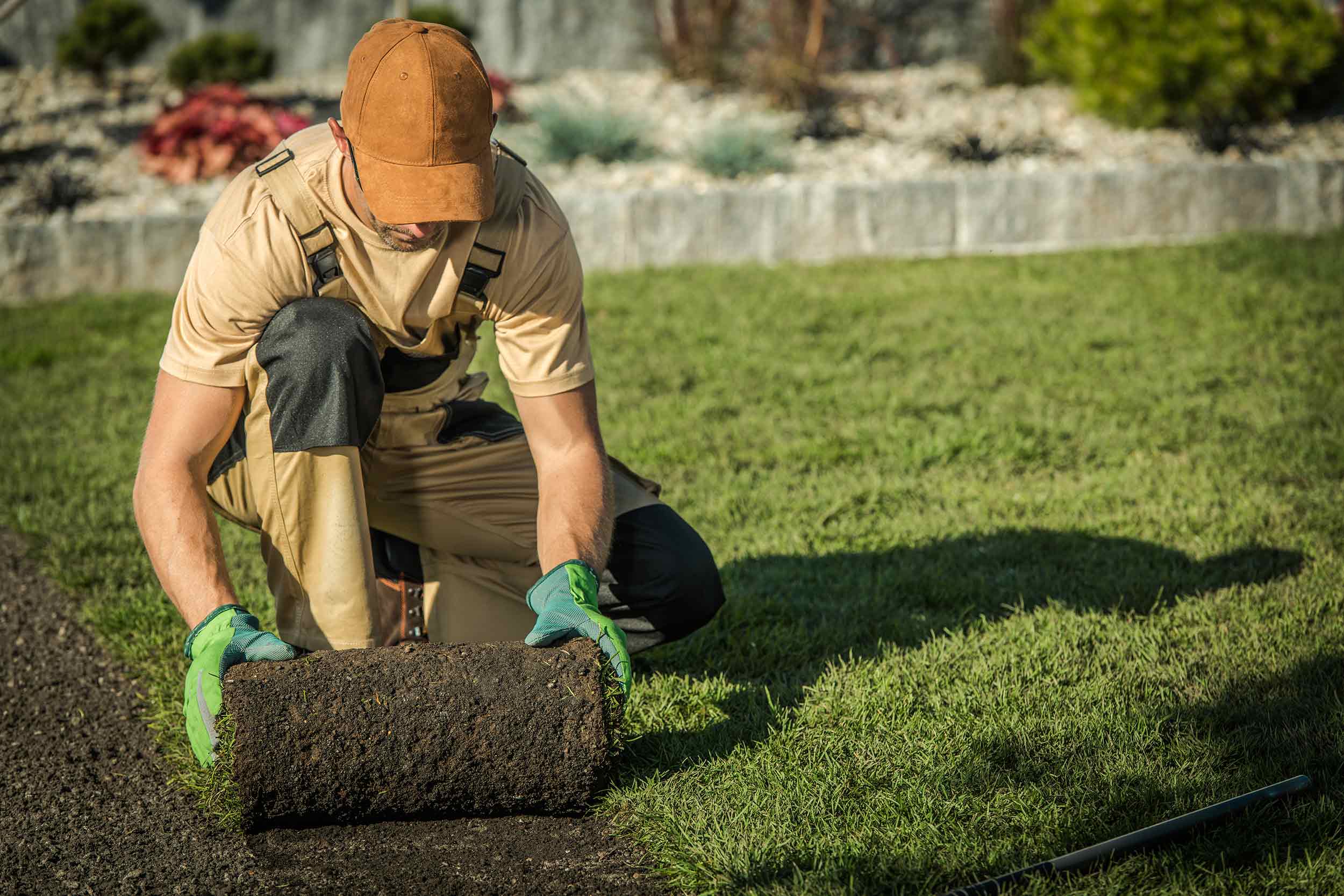Transform Your Outdoor Space: Pro Advice for Ideal Grass Maintenance

A stunning, vibrant green lawn is the centerpiece of any charming yard, but achieving that flawless look requires effort and knowledge. No matter if you’re seasoned gardener or a novice homeowner, understanding the essentials of lawn care can turn your outdoor space into a thriving oasis. From selecting the appropriate grass type for your region to mastering the timing of your mowing schedule, this guide will arm you with the know-how to develop a healthy and lively lawn.
In the coming sections, we'll explore key topics like periodic maintenance tips, proper watering techniques, and effective pest control methods. With insights on typical mistakes to avoid and professional recommendations for fertilizers, you'll be prepared to tackle any challenges your lawn may present. Join discover this info here as we dive into the world of lawn care, guaranteeing that your yard remains a beautiful and serene retreat throughout the year.
Crucial Lawn Care Techniques
To achieve a lush lawn, it is important to set up a regular care routine. One of the key techniques is cutting, which not only maintains the grass at an ideal height but also promotes vigorous growth. Understanding when and how to mow is vital; aim to cut no more than one-third of the grass height at a time to prevent stress on the vegetation. Regular mowing also helps in preventing weeds by diminishing their chance to seed and propagate.
Another necessary practice is watering. Knowing how often to water your lawn is critical for sustaining health and aesthetic. Ideally, lawns should receive about 1 inch of water per week, whether through rainfall or irrigation. Consider the time of day you water your grass; mornings are typically the most effective, as this allows grass blades to dehydrate during the day, reducing the risk of disease. Signs of overwatering or underwatering are critical to recognize, as both can lead to lawn decline.
Fertilization plays a significant role in nourishing your grass and ensuring a healthy green appearance. Selecting the appropriate fertilizer type—whether organic or synthetic—depends on your lawn’s specific needs and your choices for lawn care. Proper timing for fertilization is also important, as the springtime and autumn are often the best times to apply nutrients, supporting growth and readying your lawn for seasonal. Conducting soil testing can help determine the particular nutrients your lawn needs, enhancing overall health and liveliness.
Seasonally Grass Care Guidelines
As each season approaches, your lawn needs specific attention to ensure it stays healthy and healthy. In the springtime, concentrate on reviving your grass after the winter months by carrying out essential tasks such as aeration, fertilizing, and over-seeding. Be sure to clear away any debris and thatch accumulation, which can impede growth. This is also the ideal time to test your soil to determine nutritional deficiencies and improve it as needed.
During the warm summer months, it's important to adjust your irrigation habits to maintain your lawn in good condition. Watering in the early hours is recommended to minimize water loss and mold diseases. Additionally, spread mulch to help holding soil moisture and reduce the competition from weeds. Consistent mowing, at the appropriate height, helps the lawn develop strong roots and improves its dry weather resistance. Watch for signs of stress and modify your maintenance schedule as necessary to keep your lawn remains lush.
As the weather drop in fall, it's time to get ready your grass for colder weather. Rake fallen foliage and continue mowing until growth slows. Applying fertilizer in the fall is essential since it supplies nutrients that the lawn will use during winter dormancy. Think about aerating again to enhance the health of the soil health and promote the development of roots development. Finally, safeguard your grass during the cold months by making sure of adequate drainage and avoiding excessive foot traffic on frozen lawn.
Lawn Health and Fertilization Strategies
Maintaining a healthy lawn begins with grasping the distinct fertilization requirements of your type of grass. Consistent soil analysis is necessary as it permits you to identify nutrient deficiencies and pH issues. This understanding affords you the ability to choose the suitable fertilizer to meet your lawn's demands, promoting robust root growth and rich green blades. Additionally, knowing the best grass types for your climate can guide your fertilization strategy and improve overall health.
When it comes to fertilization, the timing is critical. Spring and fall are typically the best times to apply fertilizer, as grass is actively growing during these periods. For cool-season types, a nitrogen-focused fertilizer in the early spring will kickstart growth after winter. In contrast, warm-season types thrive with fertilization in spring's latter half to boost their growth when the weather warms up. Always adhere to the manufacturer's guidelines on application rates to avoid over-fertilizing, which can damage your lawn.

In addition to synthetic fertilizers, explore integrating organic alternatives or compost into your lawn care program. Organic fertilizers over time release nutrients and enhance soil health as time passes, while composting nourishes the soil with vital microorganisms. Both methods contribute to a sustainable approach to lawn care, fostering not only a vibrant green lawn but also sustained ecological balance. Don't forget to observe the health of your lawn and adjust your fertilization methods to suit for optimal results.
